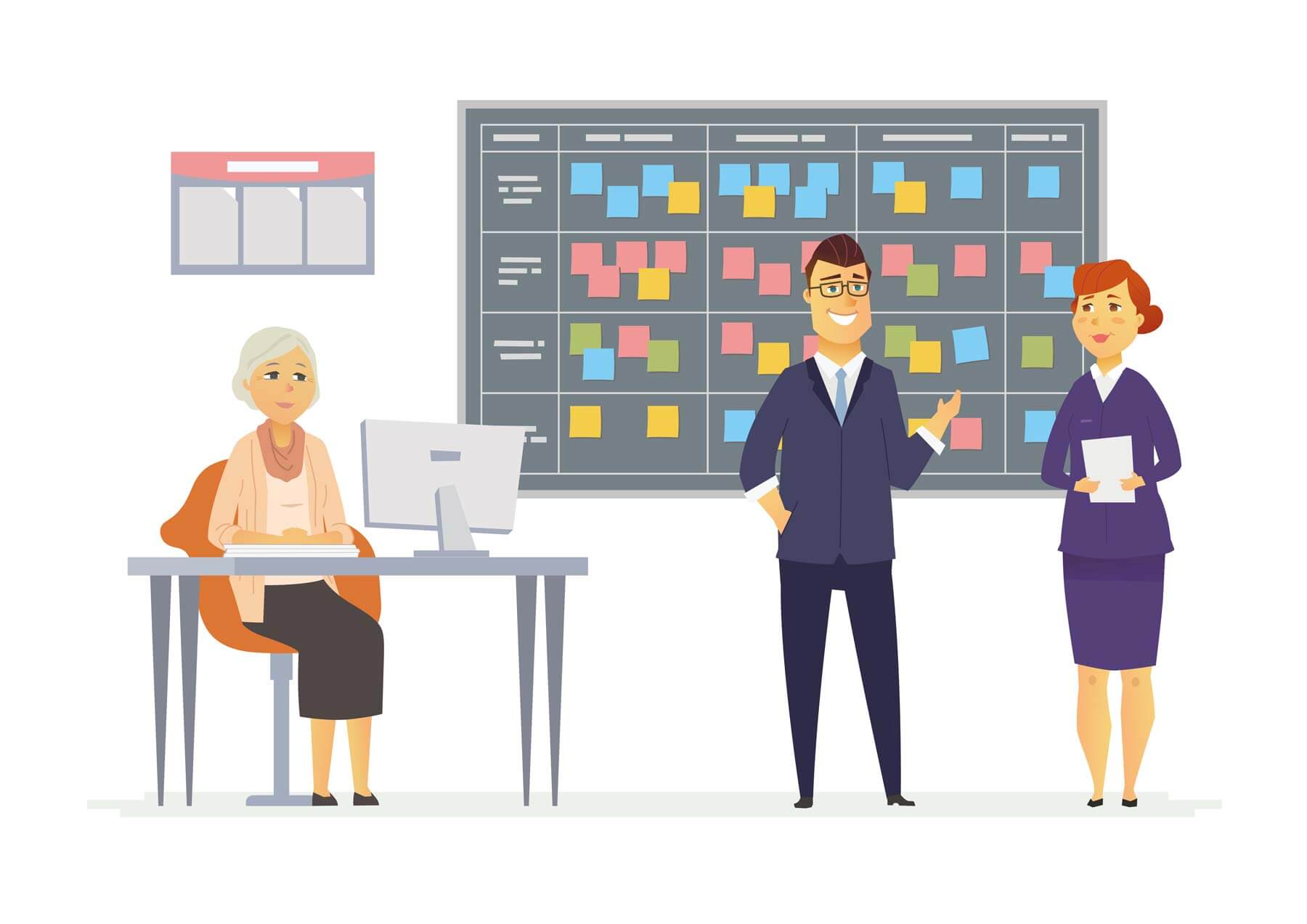It wasn’t THAT long ago when business planning and strategy simply didn’t include the term “customer experience.” There are plenty of organizations that successfully earned customers, kept those customers, and didn’t think much about the actual experience they were providing. The formula for success often didn’t even require gathering customer feedback, let alone responding to it.
But a funny thing happened on the way to perpetual success.
Customers began to gain control in ways leaders didn’t predict. The levels of transparency and visibility between company and customer changed drastically. One customer could make a big ruckus and get the world’s attention over a weekend, while the corporate PR department clocked out.
The old rules no longer applied. It was no longer enough to sell to a customer and take their money. Now you had to care about experience.
The best companies who were coming up in this new era began creating companies around the customer experience. They saw a need and they built an entire business model around fulfilling that need for customers:
Warby Parker sold eyeglasses that corrected vision just like the ones your eye doctor has. But they offered an easy way to try on glasses and find what’s right for you, all from the comfort of your own home.
Uber of course completely disrupted the taxi industry by offering the same thing – rides for passengers – in a totally different way.
AirBnB created a marketplace for couch surfing and vacation home rentals we didn’t even know we needed.
SportsClips offered haircuts in a sports-themed salon to create an experience for guys, instead of the standard salon serving women.
These were experience-based businesses. And they had the benefit of starting that way.
Retrofitting customer experience means baby steps and giant leaps.
The struggle to move an entire organization from product- or sales-focused to customer-focused is intense.
In my consulting work, I run into these six CX problems often, so there’s a good chance they’re affecting your organization too. Let’s call them out and take some steps to meaningful change.
 Old systems don’t connect the data between customer and experience.
Old systems don’t connect the data between customer and experience.
Sure, that old CRM engine might provide a bit of information on which customer purchased what product, but the attitudes, emotions, and overall profiles are totally lacking.
Even as we update or roll out new systems, the “old way” can hang on. Employees might not use the systems in the way they’re intended, relying on what works for them instead.
I’ve seen everything from an old-school Rolodex to a particularly stubborn retail store manager explain why her whiteboard with “best customers” was easier than using the Customer Relationship Management (CRM) system everyone across the brand used. If the systems don’t provide value to employees, they simply won’t use them.
Employees who have settled into a routine don’t necessarily like when you add customer-focused tasks to their world.
But to be truly customer-focused means considering the customer experience throughout the organization, not just in the customer-facing roles like sales and service.
It’s easy for an HR manager or an accounts payable rep to believe they don’t have to concern themselves with this new-fangled customer experience idea. Introducing vague ideas around “think like a customer” or “customers are #1!” don’t help much, either. And if we ask these routine followers to add something like journey mapping exercises or responding to customer feedback there might just be a mutiny.
Change is hard for humans. Changing from old school business to a customer-centric organization means managing change for the humans who work there.
Old school businesses often had a culture of “CYA.” You’ve heard it used, I’m sure, as a reminder to Cover Your A**.
This type of culture is where everyone is out to protect themselves from punishment or blame. The environment leads to a lack of honest feedback about both the customer experience and the employee experience. Workers are too scared to mention how things should be improved because they might offend someone.
If your boss is quick to blame and punish, it’s hard to raise your hand and report how the web site redesign is not working for customers. In customer-centric cultures, recognizing the need for constant improvement is highly valued. Shifting from the old way to the new means creating an entirely new value set for the entire organization. No small feat!
What CAN you do?
In almost every consulting relationships I’ve had, there are patterns to things we CAN change. Which of these can you address?
Here’s a challenge for you:
Sit down and without thinking too much, write a list of all the terms, acronyms, and phrases that require an explanation for prospects or customers.
Don’t judge too much, just think of all the “TPS Reports” that have become shorthand within your work.
(An insurance client recently listed more than 100 of these words and acronyms! Even a word like “deductible” is not used in most people’s daily life. Get real about the words you are tossing around that don’t have meaning outside your industry or company.)
Don’t fool yourself into thinking that what you say INSIDE the organization doesn’t eventually get OUTSIDE and directly to your customers.
You can start seeking out better ways to communicate immediately. Don’t allow letters to customers that include business jargon or coded meanings.
Customer journey mapping can feel overwhelming at an old school organization.
There are so many customer journeys! So many customers and personas and segments! Leaders become paralyzed at the thought of an undertaking like that.
Instead of giving up, take the step to create a journey map of one experience.
Maybe it’s the journey of signing up for a service online or paying a bill. Walk in your customer’s shoes and see what you find. There are usually ways to improve the experience that can happen quickly. Start with some small wins to build up to the big ones.
Ironically, this is often overlooked in customer experience conversations. The act of simply asking “what does this mean for our customer’s experience?” in the planning stages or roadmap will lead to better outcomes for your customers.
If the customer isn’t on the agenda, it’s up to a Customer Advocate to add them there. Anyone at any organization can do this. Advocates stand up for customers whenever and wherever they can.
Businesses need to move to become more customer-focused in order to compete in today’s world. It’s easy to talk a good game on this, but it’s a lot harder to shift to this than we think.
It’s true what they say: sometimes it takes two steps back to go one step forward. Your organization may have attempted retrofitting customer experience already and failed to really move forward.
But that doesn’t mean stop trying. It means you have to fight harder to do so.
 Jeannie is an award-winning customer experience expert, international keynote speaker, and sought-after business coach who is trailblazing the movement from “Reactive Customer Service” to “Proactive Customer and Employee Experience.” More than 500,000 people have learned from her CX courses on LinkedIn Learning, and her insights have been featured in Forbes, The Chicago Tribune, The Wall Street Journal and NPR.
Get Jeannie’s insights in your inbox each week by subscribing to The Weekly Win and follow her on LinkedIn, Instagram and YouTube.
Jeannie is an award-winning customer experience expert, international keynote speaker, and sought-after business coach who is trailblazing the movement from “Reactive Customer Service” to “Proactive Customer and Employee Experience.” More than 500,000 people have learned from her CX courses on LinkedIn Learning, and her insights have been featured in Forbes, The Chicago Tribune, The Wall Street Journal and NPR.
Get Jeannie’s insights in your inbox each week by subscribing to The Weekly Win and follow her on LinkedIn, Instagram and YouTube.